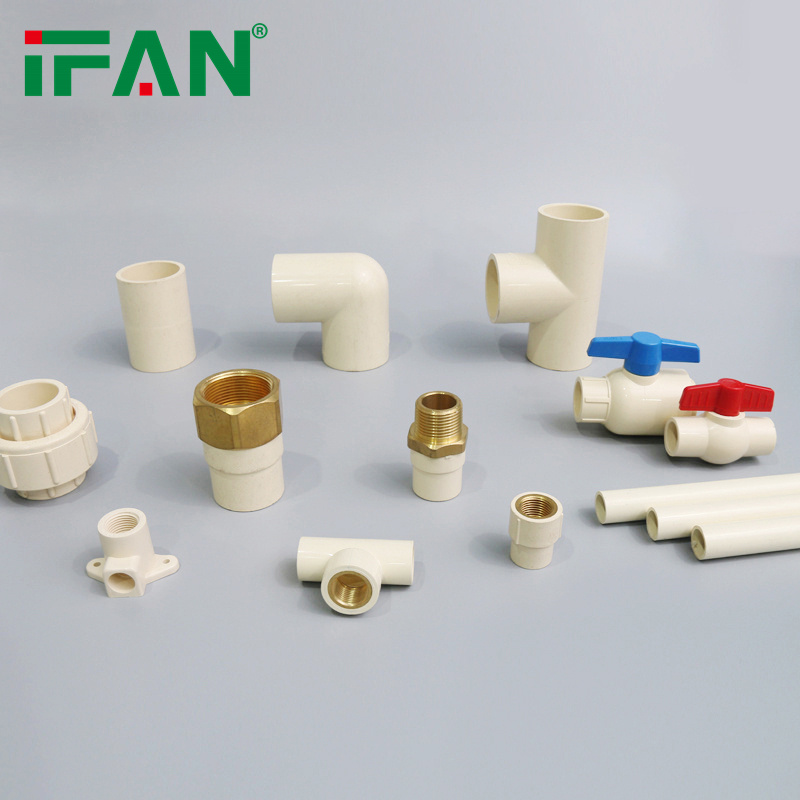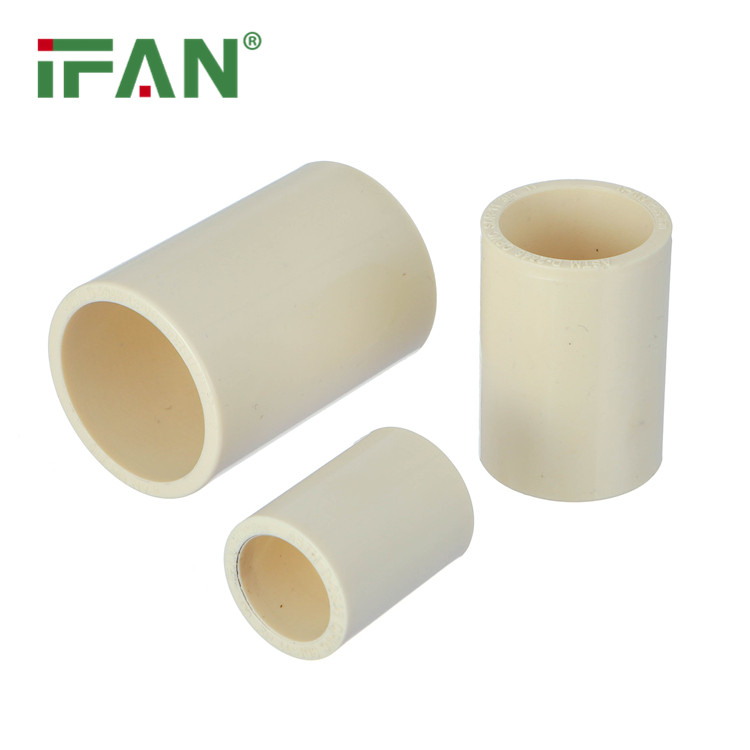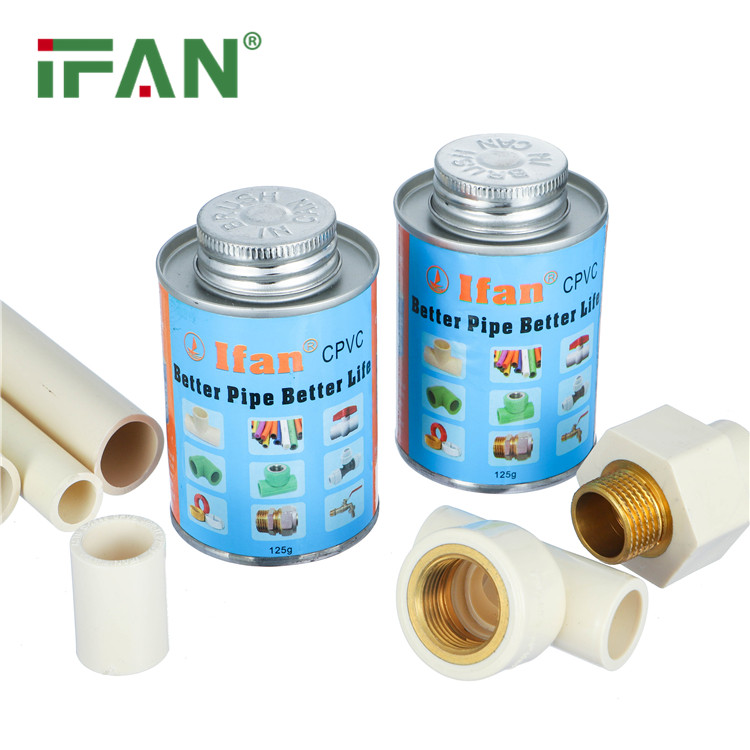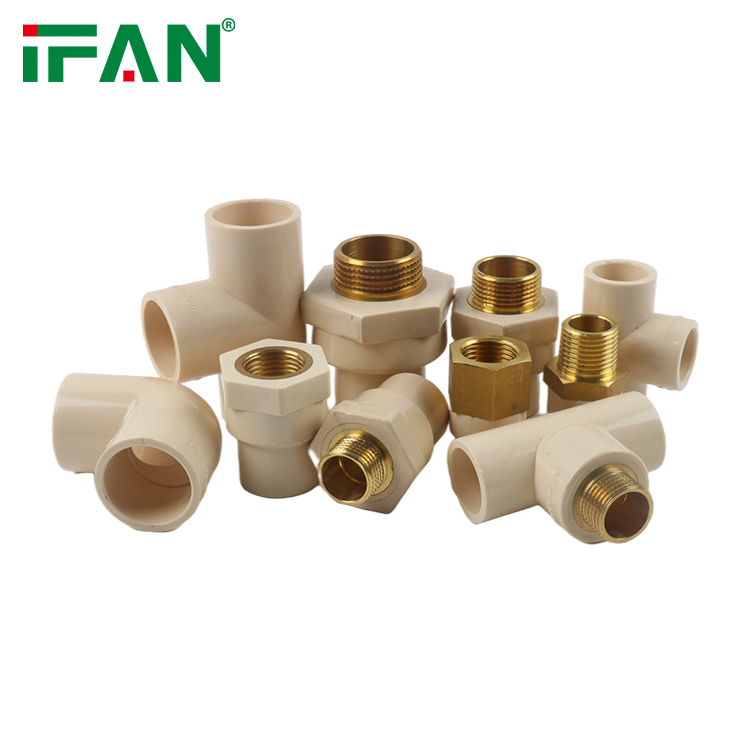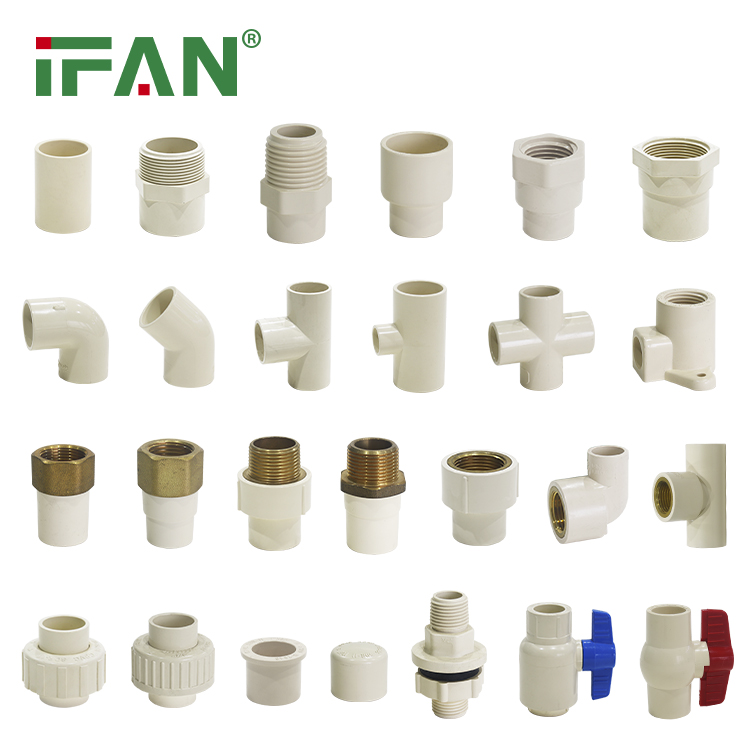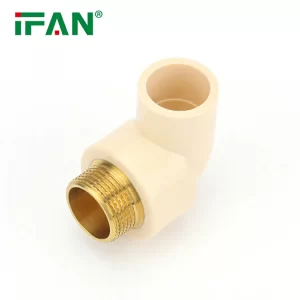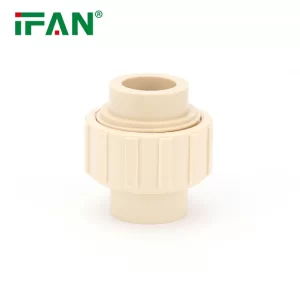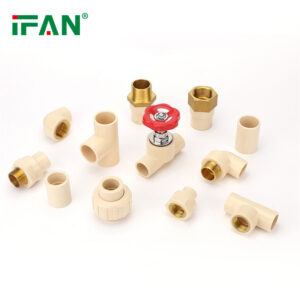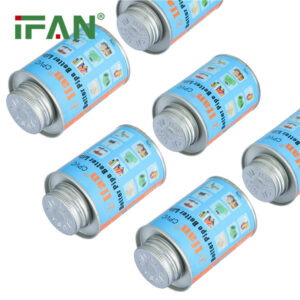Description
CPVC, or chlorinated polyvinyl chloride, is a type of thermoplastic that is known for its exceptional heat resistance. It is commonly used in a variety of applications where exposure to high temperatures is expected. In this article, we will explore the heat-resistant properties of CPVC and its maximum operating temperature.
CPVC is a modified form of PVC that has been chlorinated. The addition of chlorine atoms to the PVC molecules enhances its heat resistance, making it suitable for use in applications where regular PVC would be unsuitable. CPVC can withstand temperatures up to 200 degrees Fahrenheit (93 degrees Celsius) without deforming or melting, which is significantly higher than the maximum operating temperature of standard PVC.
One of the primary reasons CPVC is chosen over PVC in high-temperature applications is its ability to maintain its structural integrity at elevated temperatures. CPVC has a higher glass transition temperature, which is the temperature at which the material transitions from a rigid state to a more flexible state. The glass transition temperature of CPVC is typically around 220 degrees Fahrenheit (104 degrees Celsius), allowing it to handle higher temperatures without losing its strength and shape.
CPVC’s excellent heat resistance also extends to its ability to withstand thermal expansion. When exposed to heat, most materials expand, and if not accounted for, this expansion can cause stress and damage to the material. CPVC has a low coefficient of thermal expansion, which means it expands and contracts less than other materials. This property makes CPVC an ideal choice for applications where dimensional stability is crucial, such as hot water pipes and industrial piping systems.
Furthermore, CPVC exhibits good resistance to thermal degradation. Even when exposed to high temperatures over an extended period, CPVC maintains its chemical stability and does not break down or release toxic fumes. This makes CPVC a safe and reliable material for use in applications such as fire sprinkler systems, where the material’s stability under heat is crucial.
It is important to note that while CPVC has excellent heat resistance, its performance at high temperatures may be affected by other factors such as pressure, chemical exposure, and mechanical stress. Therefore, it is essential to consult the manufacturer’s guidelines and select the appropriate CPVC formulation for specific applications.
In conclusion
CPVC is a highly heat-resistant material that can withstand temperatures up to 200 degrees Fahrenheit (93 degrees Celsius) without deformation or melting. Its enhanced heat resistance, combined with its low coefficient of thermal expansion and resistance to thermal degradation, makes CPVC an excellent choice for various high-temperature applications. However, it is crucial to consider other factors such as pressure, chemical exposure, and mechanical stress when selecting CPVC for specific applications.
Related products
-
CPVC ASTM2846
Revolutionizing Fluid Control: CPVC Fitting Valve
-
PVC
PVC Glue


